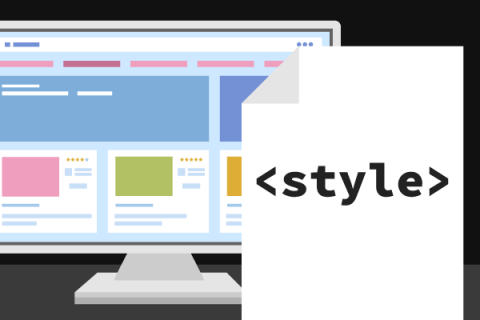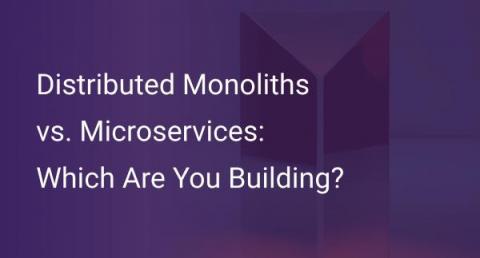8 Great Data Predictions for 2022
Heading into a new year filled with myriad crosscurrents, this much is certain: more organizations will find smarter ways to use data as they realize the benefits of digitally transforming their operations. We’re seeing this trend toward data-driven decision making already play out in different industries around the world as companies modernize their infrastructures.











